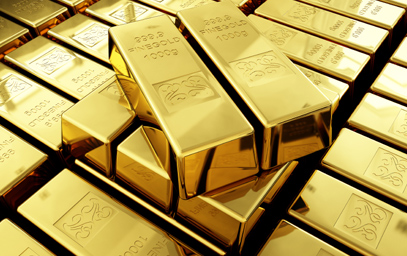
Beneath a remote, mountainous patch of northern Pakistan could sit large deposits of gold, and one University of Houston geologist is using cutting-edge remote sensing technology and analysis to find it.
Shuhab Khan, associate professor of geology, is part of a $370,000 National Academies of Science project to aid in the exploration of an area along the Indus River long believed to contain substantial amounts of gold.
Some in the region eke out a meager living panning for gold – earning less than $100 a year – but no serious exploration or mining has been attempted. The project – announced last November – also includes geologists at the University of Peshawar and is intended to foster U.S. – Pakistani relations through scientific cooperation and economic development.
Khan is tasked with identifying and mapping specific target zones where gold deposits could lie by collecting and analyzing satellite and GIS data to look for rock alteration zones that could signify the presence of gold. Then rock samples will be collected to determine if they contain trace amounts of gold.
Gold deposits typically sit in the shallow subsurface and if found could easily be extracted by mining. It may not be another California gold rush, but Khan believes there are economically significant amounts of gold in the isolated Pakistani highlands where the Hindu Kush and Himalaya mountains converge.
The project includes training Pakistani scientists in remote sensing image processing and trace element geochemistry.
The area’s gold panners will also be trained in safer, more efficient methods of panning for the glittering nuggets. They currently use primitive tools to sift through the Indus River sands, extracting course gold while throwing fine, tiny gold particles back in the river. They also use mercury in the panning process which is causing pollution in the river and groundwater, a problem the project hopes to alleviate. |

